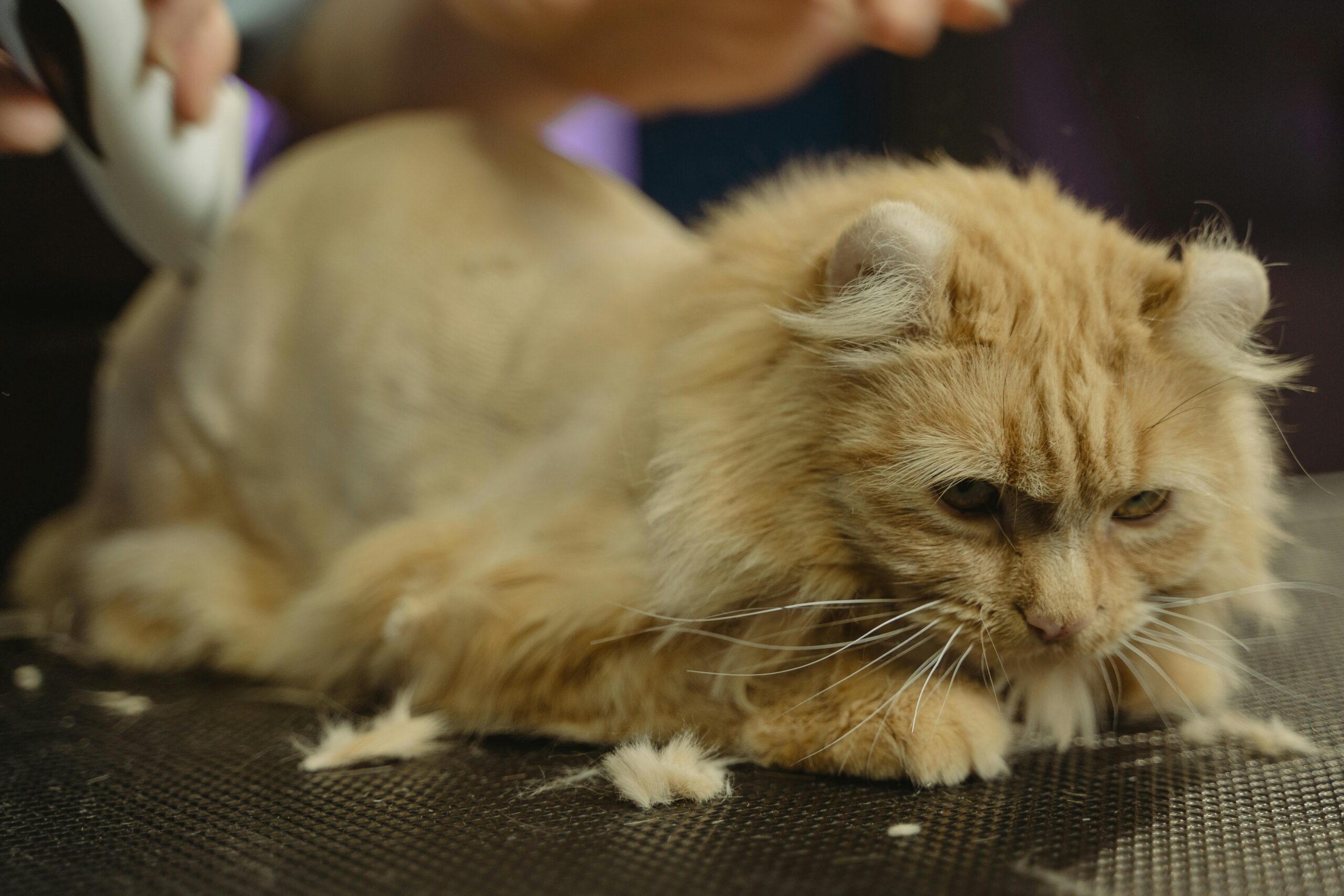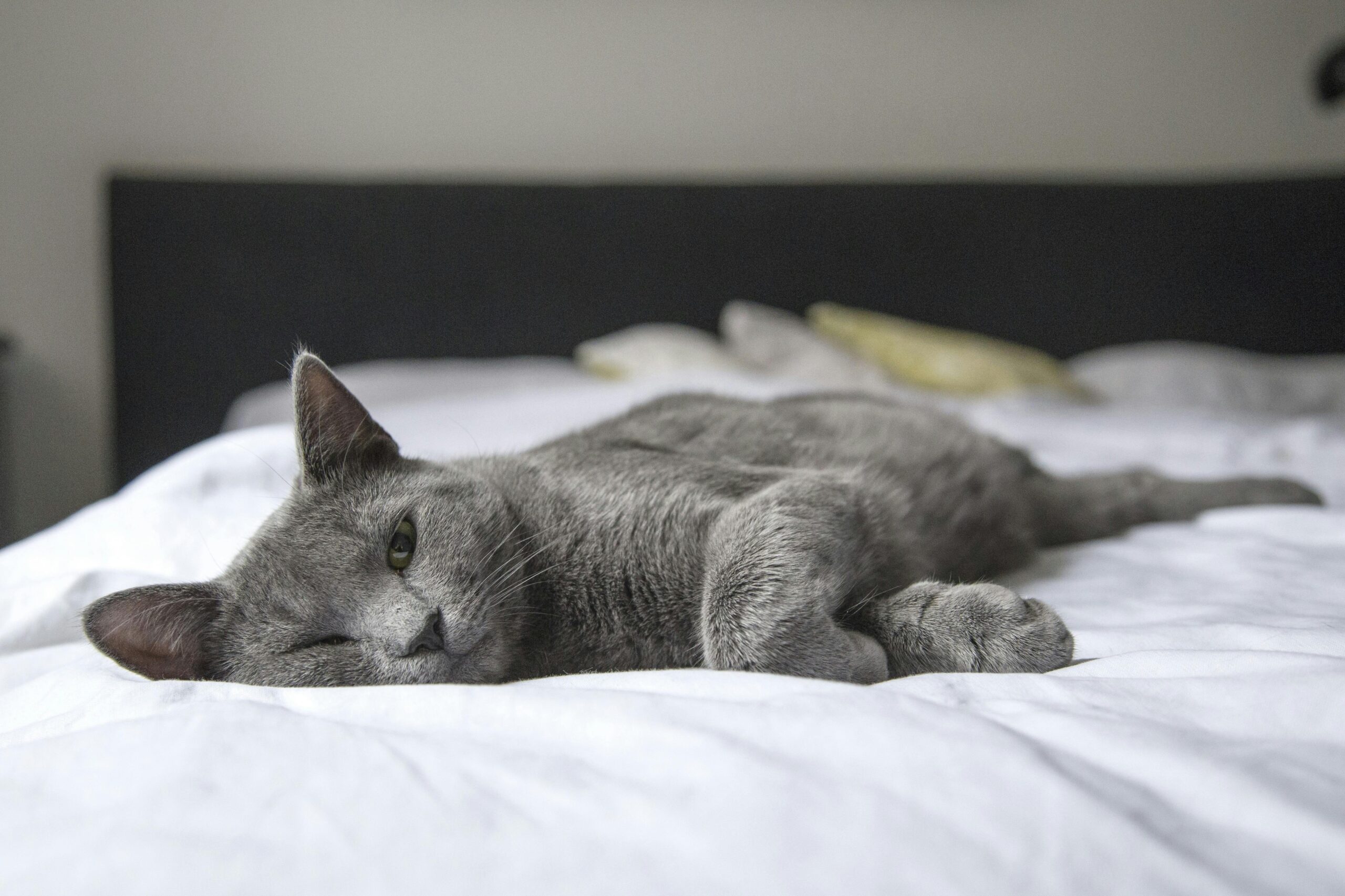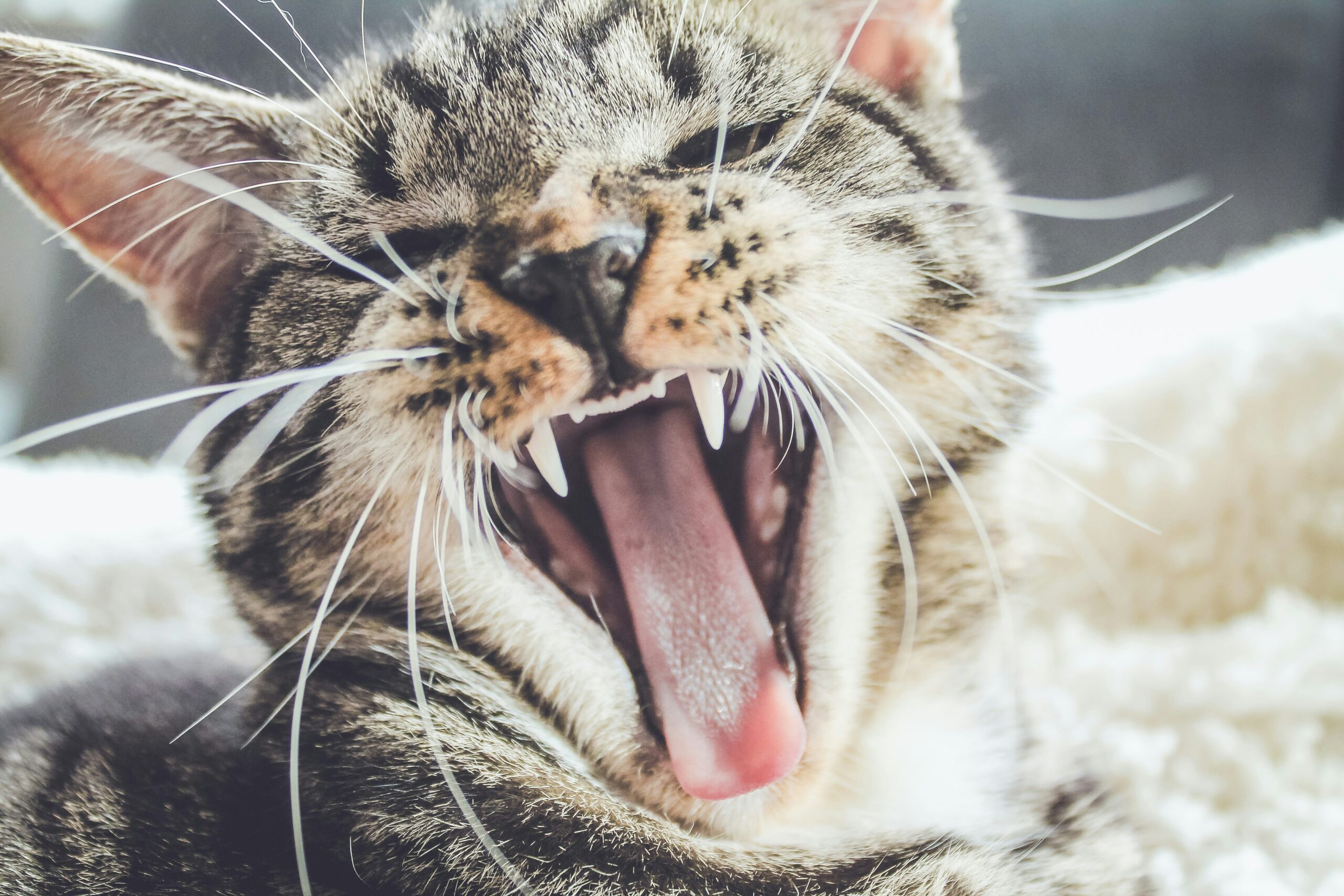Okay, let’s be honest – finding bald spots on your cat is pretty freaky. One day they’re strutting around like a fluffy supermodel, and the next day you’re staring at patches that look like someone took a tiny razor to your poor kitty. I get it, it’s scary! That’s why understanding the right hair loss in cats treatment is so important.
Here’s the thing though: cats lose hair for tons of different reasons, and most of them are totally fixable. Sure, sometimes it’s something that needs a vet’s attention, but other times it’s as simple as switching up their food or getting rid of some fleas. The trick is figuring out what’s going on before you start googling “is my cat dying” at 2 AM (we’ve all been there).
Think of this as your crash course in cat baldness – I’ll walk you through all the usual suspects, when you should actually worry, and what you can do to help your fuzzy buddy get their gorgeous coat back.
The Usual Suspects: Why Cats Go Bald
Let’s play detective and figure out what’s making your cat look like they’re auditioning for a hairless cat breed.
Those Annoying Little Parasites
Fleas are the absolute worst. Seriously, these tiny vampires are probably behind more cat hair loss than anything else. Even if your cat never goes outside, fleas can still hitchhike into your house on your clothes or shoes – sneaky little buggers! The good news? When fleas are the cause, hair loss in cats treatment is usually fast and effective with the right products.
When cats are allergic to flea spit (gross, I know), they’ll scratch and lick themselves raw, especially around their butt and back legs. It’s like having the world’s most annoying itch that never goes away.
And don’t get me started on mites and lice – they’re basically fleas’ equally annoying cousins. They make your cat itch so bad that they’ll literally scratch their fur off trying to get relief.
Food Drama and Allergies
Turns out cats can be just as picky and sensitive as humans when it comes to food. Common troublemakers include chicken, beef, fish, and dairy (yes, despite what cartoons tell you, many cats are actually lactose intolerant – who knew?).
It’s not just food though. Your cat might be having a hissy fit over your new laundry detergent, that scented candle you love, or even the pollen floating around. Basically, if it exists, some cat somewhere is probably allergic to it.
Then there’s ringworm, which isn’t actually a worm at all (thanks, science, for the confusing name). It’s a fungal infection that creates these perfect little bald circles that look like crop circles on your cat’s fur.
Stress and Emotional Baggage
Here’s something that might surprise you: cats can literally worry themselves bald. If your cat’s dealing with anxiety – maybe you moved, got a new pet, or your daily routine changed – they might start over-grooming as a way to cope. In these cases, hair loss in cats treatment involves more than medicine – it’s about calming their environment and reducing stress.
It’s basically like nervous nail-biting, but for cats. They’ll lick the same spots over and over until they’ve created perfect little bald patches, usually somewhere they can easily reach.
Understanding stress-related hair loss? Here’s a helpful guide by International Cat Care.
When Their Body Goes Haywire
Sometimes hair loss isn’t about what’s bothering your cat from the outside – it’s their body acting up from the inside. Older cats especially can develop thyroid problems or other hormone issues that mess with their coat.
And if your cat isn’t getting proper nutrition (maybe they’re a super picky eater or have absorption issues), their body will basically say “we’re rationing resources, and the fur is the first to go.”
Hair Loss in Cats Treatment: When It’s More Than Just Cosmetic
Most of the time, a little hair loss isn’t the end of the world. But here’s when you should definitely start paying attention:
You’re seeing bald patches that seem to appear overnight, or your cat’s scratching so much they’re creating wounds. If there’s redness, swelling, or anything that looks infected, don’t mess around – get to the vet. At that point, professional hair loss in cats treatment is likely necessary.
Also, if your usually social cat suddenly becomes a hermit, stops eating their favorite treats, or just seems “off,” the hair loss might be a symptom of something bigger going on.
Vet-Based Hair Loss in Cats Treatment: What to Expect
When to See a Vet for Hair Loss in Cats Treatment
Look, I’m not one of those people who runs to the vet every time my cat sneezes, but there are times when you really shouldn’t try to DIY this. If the hair loss is spreading fast, if your cat seems sick, or if you’re seeing open sores, it’s time to bite the bullet and make that vet appointment.
What to Expect at the Vet
Your vet’s basically going to play detective. They’ll look at your cat from nose to tail, maybe take some skin samples (sounds worse than it is), and possibly do some blood work to rule out the scary stuff.
Don’t be surprised if they ask you a million questions about your cat’s diet, lifestyle, and whether anything’s changed at home recently. They’re not being nosy – all this stuff actually matters for figuring out what’s going on.
Hair Loss in Cats Treatment That Actually Works
Once they know what’s causing the problem, your vet will come up with a game plan. This might mean:
- Flea treatments that actually work (sorry, but that flea shampoo from the grocery store probably isn’t cutting it)
- Allergy medications to stop the itching madness
- Antibiotics or antifungal meds if there’s an infection
- Special diets if food allergies are the culprit
- Anti-anxiety meds if your cat’s stress-grooming themselves bald
At-Home Hair Loss in Cats Treatment: Simple Things That Work
Making Your Cat’s Life Less Stressful
Cats are basically furry introverts, so they need their space and routine. Give them some cozy hiding spots, keep their litter box clean, and try not to rearrange the furniture every week (they hate that).
Those plug-in pheromone diffusers (like Feliway) can work wonders for anxious cats. They’re like aromatherapy for cats, minus the weird looks from your friends.
Grooming Tips as Part of Hair Loss in Cats Treatment
Get yourself a decent brush and use it regularly, but don’t go overboard. You want to help distribute their natural oils and remove loose fur, not irritate their skin further. Regular grooming is actually part of a smart hair loss in cats treatment routine, especially when the shedding isn’t medical.
Pro tip: grooming gloves are amazing. Your cat thinks you’re just petting them, but you’re actually helping their coat. It’s like sneaky grooming.
Food Changes That Make a Difference
Omega-3 supplements can work wonders for coat health. Look for ones made specifically for cats (human supplements can be dangerous for them). These small nutritional tweaks often support natural hair loss in cats treatment without needing medication.
If you suspect food allergies, you might need to do an elimination diet, but definitely talk to your vet first. It’s more complicated than just switching brands.
The Natural Route (With Some Real Talk)
Some people swear by herbal supplements or CBD oil for cats. While I’m not going to tell you they don’t work, the research is pretty limited. If you want to try them, definitely run it by your vet first – some “natural” stuff can actually be harmful to cats.
Just remember: if something seems too good to be true (like that miracle cure you saw on social media), it probably is.
Preventing Fur Loss: Keep Your Cat Fluffy with the Right Care
The Ongoing Game Plan
Once you’ve gotten the hair loss under control, you’ll want to keep up with whatever worked. If it was a diet change, stick with it. If it was stress management, keep those pheromone diffusers going.
Regular vet checkups are your friend, especially as your cat gets older. It’s way easier to catch problems early than to deal with them once they’ve gotten out of hand.
Preventing Hair Loss in Cats Before It Starts
The best cure for hair loss is not getting it in the first place. Keep up with flea prevention (even for indoor cats), feed a good quality diet, and try to keep your cat’s stress levels low.
Pay attention to your cat’s normal grooming habits so you’ll notice if something changes. A little detective work on your part can save you and your cat a lot of trouble down the road.
Final Thoughts on Hair Loss in Cats Treatment
Finding bald spots on your cat is never fun, but it’s usually not the end of the world either. Most hair loss problems are totally treatable once you figure out what’s causing them.
The key is not to panic, but also not to ignore it hoping it’ll go away on its own. Your cat’s depending on you to notice when something’s wrong and get them the help they need.
Remember, you know your cat better than anyone. If something seems off, trust your gut and don’t be afraid to ask for professional help. Your fluffy friend will thank you for it (probably by ignoring you, because that’s what cats do, but they’ll be grateful on the inside).



